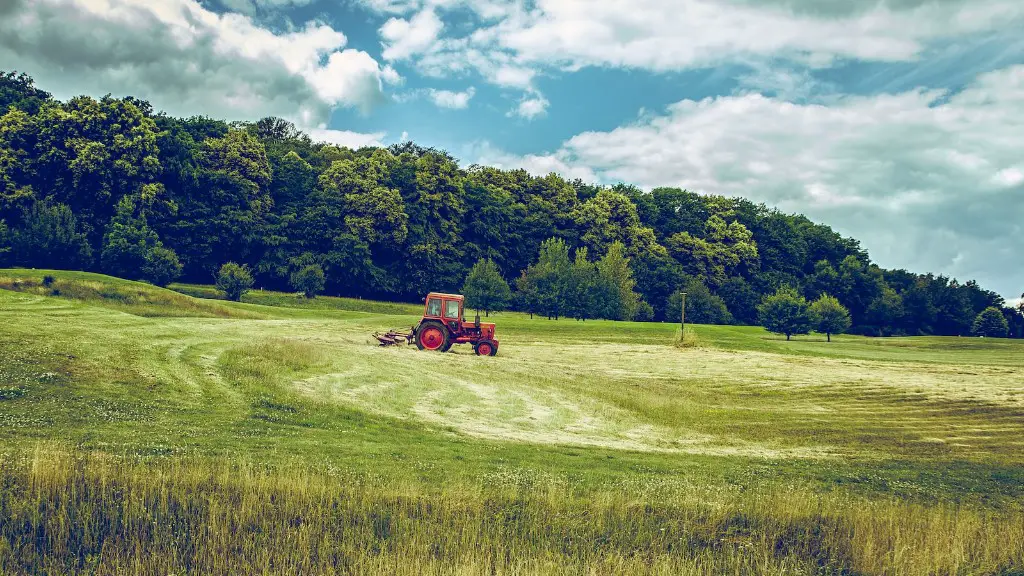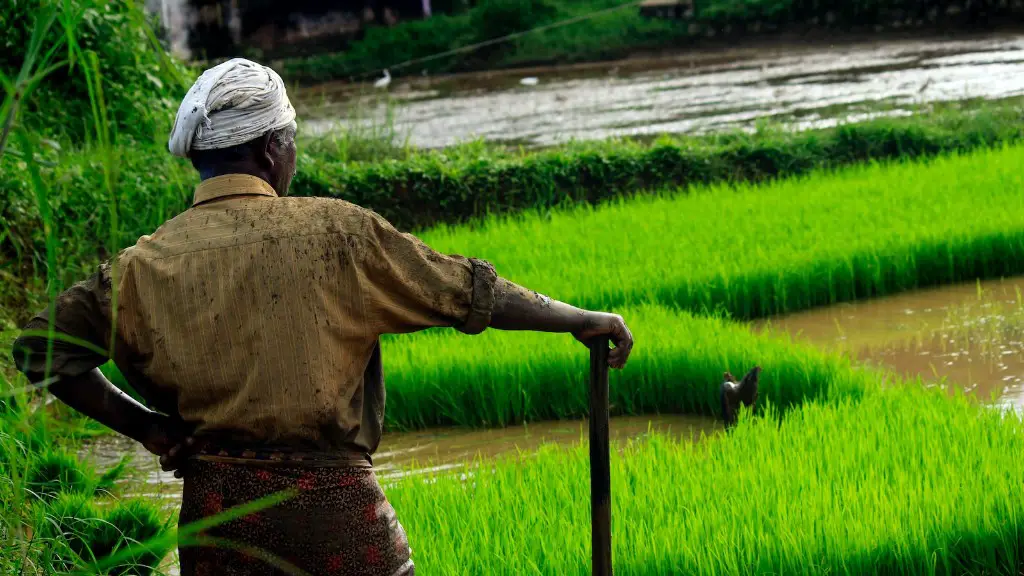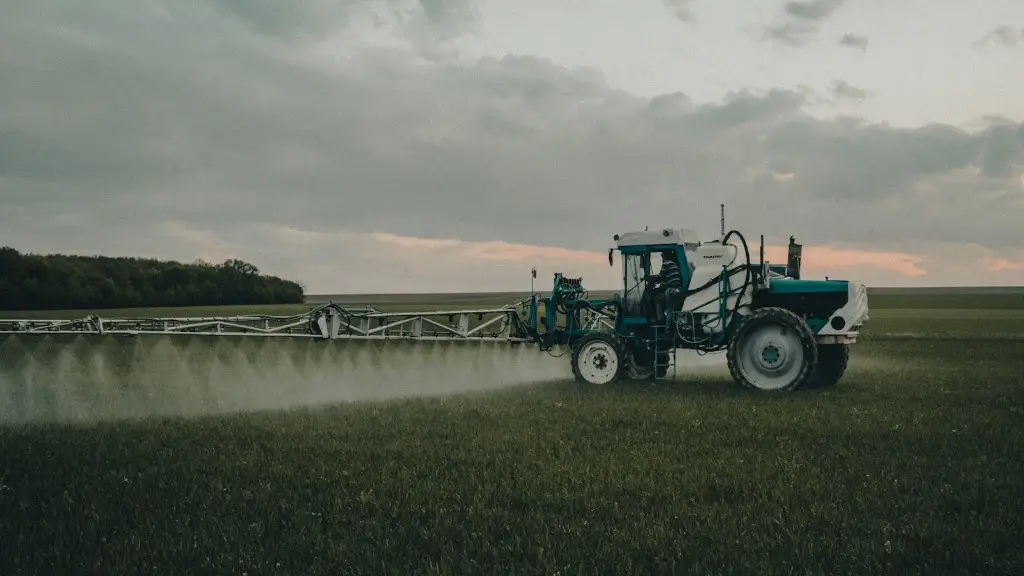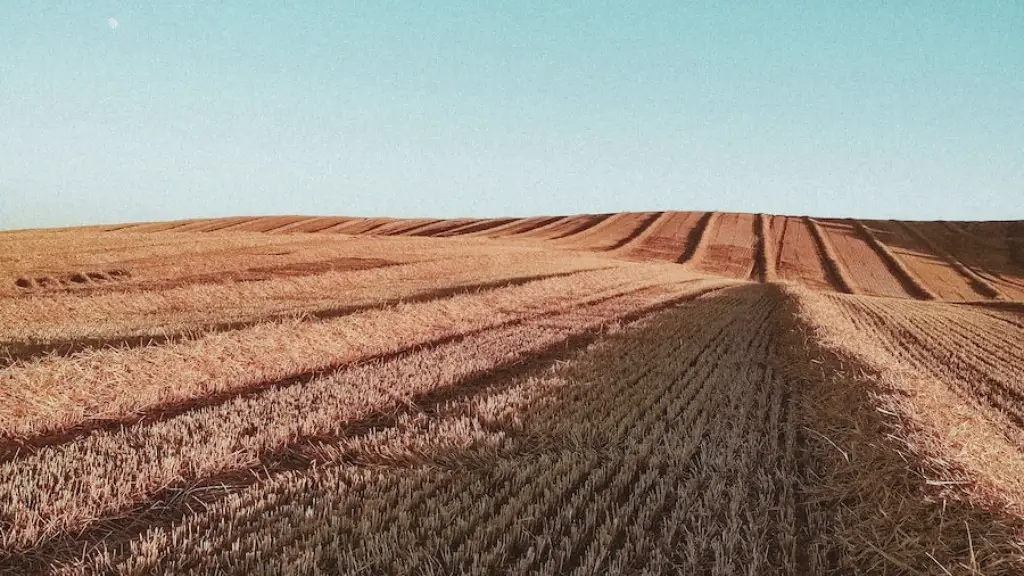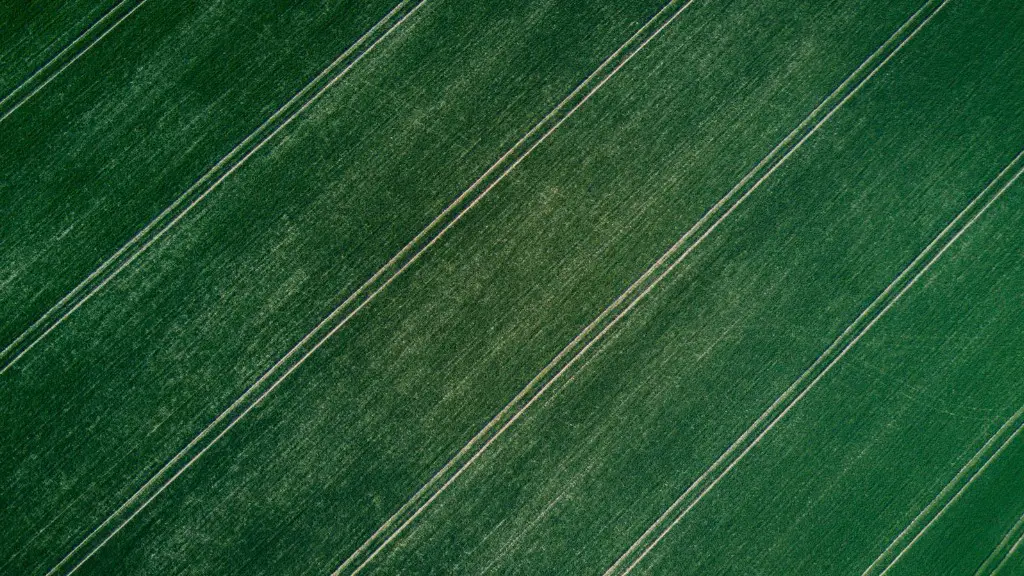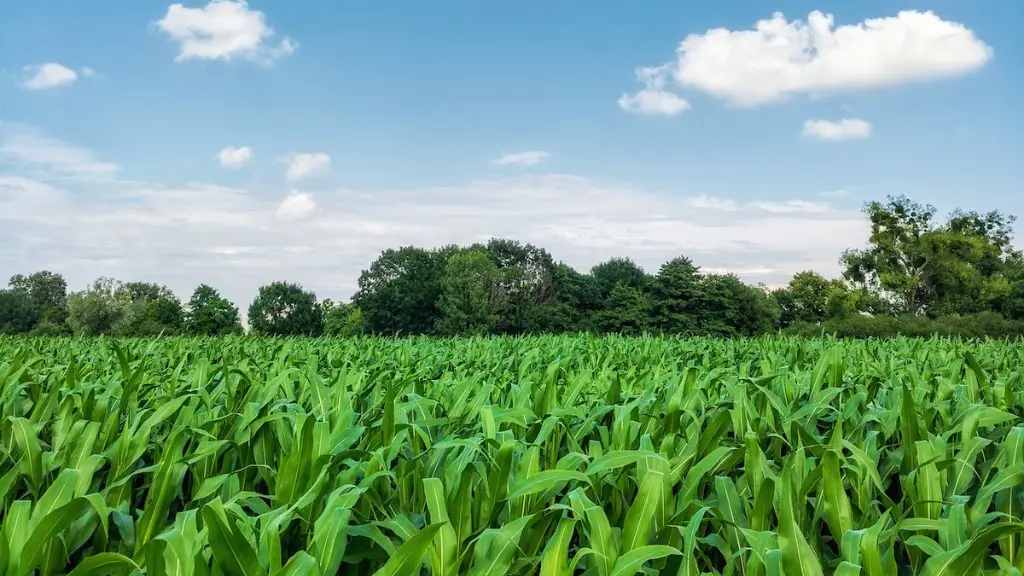A very important factor in population growth is the availability of food. For most of human history, the great majority of people have been farmers – subsistence farmers, working to feed themselves and their families. With the industrial revolution and the move towards urban living, that began to change. Agriculture became more efficient, allowing fewer people to produce more food, and freeing up other people to pursue other occupations.
The effect of this on population growth was dramatic. In 1800, the world’s population was about one billion. By 1900, it had doubled to two billion. And by 2000, it had more than quadrupled to six billion. The agricultural revolution was a key driver of this population growth.
As the world’s population continues to grow, the availability of food will remain a critical factor. Agriculture will need to become even more efficient to keep up with the demand. The way we farm will also have to change to preserve the environment and to address the issues of climate change.
Agriculture affects population growth in a few ways. First, agriculture provides food for people, which is necessary for survival. Second, agriculture can provide a source of income for people, which can lead to increased population growth. Third, agriculture can provide employment opportunities for people, which can also lead to increased population growth. Finally, agriculture can be a source of food security for people, which can help to reduce the risk of population decline.
How did agriculture affect population growth?
The growth of cities and civilizations can be traced back to the advent of agriculture. Agriculture allowed for the domestication of plants and animals, which in turn led to a boom in the global population. Today, the world population stands at over seven billion people, thanks in large part to the development of agriculture.
The Agricultural or Neolithic Demographic Transition is a period of accelerated population growth that is associated with the development of agriculture. This transition has been observed in many different parts of the world and is thought to be a major factor in the rise of human civilization. The transition is believed to occur when a population gains access to new food sources and technology that allow for more efficient food production. This can lead to a population boom as people are able to have more children and support a larger population. The Agricultural or Neolithic Demographic Transition is a major factor in the rise of human civilization and has had a profound impact on the world we live in today.
How did agriculture affect population growth quizlet
The agricultural revolution was a time when people began to farm instead of hunting and gathering. This allowed for farmers to produce more food, which in turn led to population growth. The agricultural revolution was a key factor in the growth of civilizations.
While the development of agriculture in a region can have positive effects on the natural life, oxygen production, and climate in the region, it can also lead to negative effects such as inorganic nitrate pollution, pesticide pollution, and salinity problems. These problems are especially common in regions where agriculture is practiced intensively.
How much population is depend on agriculture?
The agriculture sector is one of the most important industries in the Indian economy. In terms of employment, the agriculture sector provides livelihood to over 151 million people. Approximately 60 percent of the Indian population works in the industry, contributing about 18 percent to India’s GDP. The sector is an important source of food and raw materials for the Indian industry. It is also a major source of export earnings for the country. The government has taken several measures to promote the growth of the agriculture sector. These include providing subsidies and incentives to farmers, investing in infrastructure and research and development, and creating awareness about modern farming practices.
As the population of people increases, so will the need for agricultural productivity to support this growth. Land degradation is a major concern with a growing population, as we will need to use more land for housing, businesses, farming, etc. We need to be careful not to overuse our resources and degrade the land, or we will not be able to support the growing population.
Which population depends on agriculture?
The correct answer is about 58% of the Indian population. This is because agriculture is the main source of livelihood for many people in India. However, it is important to note that this number may fluctuate depending on the year and the region.
The leading source of pollution in many countries is agriculture. Pesticides, fertilizers and other toxic farm chemicals can poison fresh water, marine ecosystems, air and soil. They also can remain in the environment for generations.
What are the 5 major consequences of agriculture
The five environmental effects of agriculture are soil fertility loss, eutrophication of water bodies, deforestation, climate change and pesticide pollution. All of these effects have a negative impact on the environment and can lead to further environmental problems if not addressed.
Agriculture plays a vital role in societies around the world. It provides food and livelihoods for people, raw materials for industry, and helps to build strong economies through trade.
Agriculture also has a huge impact on the environment. It is a major source of greenhouse gases, which contribute to climate change. It also uses large amounts of water and land, and can cause soil erosion and pollution.
Despite these challenges, agriculture is essential for human survival and for the health of our planet. With careful management and the latest technology, we can continue to produce the food and other products we need, while minimising its impact on the environment.
What is a negative impact on agriculture?
Agriculture is a major contributor to many environmental issues that cause environmental degradation, including climate change, deforestation, biodiversity loss, dead zones, genetic engineering, irrigation problems, pollutants, soil degradation, and waste.
While negative impacts from agriculture can be significant, the sector can also have positive environmental impacts. For example, agriculture can trap greenhouse gases within crops and soils, or mitigate flood risks through the adoption of certain farming practices.
What is meant by population agriculture
Agricultural holdings are pieces of land that are used for agricultural purposes. This includes the holder, the members of his family, and all other persons living on the holding of whatever age, sex, employment status, etc. The agricultural population refers to the number of people living on these agricultural holdings. In the use of data related to these two concepts, the agricultural population and the farm, population data is often collected in order to understand the farming population and the characteristics of the people who live on these agricultural holdings.
Agriculture is a vital part of the global economy, producing an average of 237 million tons of food every day. It provides livelihoods for 25 billion people and is the largest source of income and jobs for poor, rural households.
Despite its importance, agriculture faces many challenges. Climate change, declining soil fertility, water scarcity, and pests and diseases are all major threats to agricultural productivity. These challenges must be addressed if we are to ensure a food-secure future for the world’s population.
What is the relation between population growth place and food?
Overpopulation and poverty are major problems in many poor countries. Migration from rural to urban areas puts pressure on resources and services and can lead to Urban slums. Unequal land distribution means that some people have too little land to farm effectively, while others have too much. This can lead to land conflicts. Shrinking landholdings make it difficult for small farmers to make a living, deepening rural poverty. Widespread land degradation due to unsustainable farming practices is another serious problem. All of these factors make it difficult to increase food production and consumption in poor countries.
The agricultural revolution led to an increase in human population numbers because the shift from a nomadic lifestyle to settling down on farms led to people producing more food to meet their nutritional needs, and therefore, having more children.
What is the relationship between population growth and resources
Dear students,
Rapid population growth continues to be a major underlying force of environmental degradation and a threat to sustainable use of natural resources. As the population increases, so does the demand for natural resources. This in turn leads to overexploitation,intensive farming and land fragmentation, which ultimately reduces the quality and quantity of natural resources.
We need to be more conscious of the way we use natural resources and take measures to ensure that they are used sustainably. This is essential to preserving our environment and ensuring a bright future for generations to come.
Around 50 percent of the world’s population is engaged in agriculture. This is a vital industry that provides food and other products for people all over the globe. Agriculture is a complex and diverse field, with many different types of crops and livestock. With so many people involved in agriculture, it is important to have a good understanding of the different aspects of this industry.
Warp Up
The relationship between agriculture and population growth is complex. Agricultural productivity has a direct impact on the ability of a population to support itself, but other factors such as economic development, technology, and infrastructure also play a role. In general, as agricultural productivity increases, so does the population that can be supported. This can lead to a virtuous circle of growth, as a larger population can lead to more investment in agriculture, which in turn leads to even greater productivity. However, if agriculture is not able to keep up with population growth, it can lead to problems such as food insecurity and malnutrition.
There are a number of ways in which agriculture affects population growth. Agriculture can provide a more reliable source of food, which can lead to higher birth rates and population growth. Additionally, improvements in agricultural productivity can free up people to pursue other activities, such as manufacturing and trade, which can also lead to population growth. On the other hand, agriculture can also have negative effects on population growth, such as when crops are destroyed by pests or weather, which can lead to famine and death.
